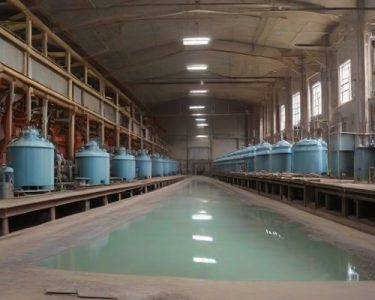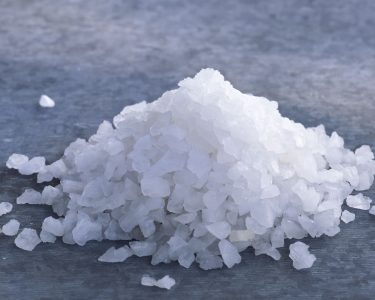
In today’s environment, as environmental issues dominate global debate, industries are under increasing pressure to embrace sustainable practices. Among these, the Plastic Manufacturing Company is under severe examination as to the negative impact of traditional polymers on the environment. Despite this problem, there is a ray of hope in the form of new, sustainable solutions. This essay looks at five such options that have the potential to revolutionize the way we create Plastic Production while reducing environmental impact.
Bioplastics
Harnessing Nature’s Resources for Eco-Friendly Solutions Traditional plastics are derived from fossil fuels, contributing to carbon emissions and environmental degradation. Bioplastics offer a sustainable alternative by utilizing renewable resources such as cornstarch, sugarcane, or algae. These materials can be processed to create biodegradable or compostable plastics, reducing dependence on finite fossil fuels and mitigating plastic pollution.
Recycled Plastics
Closing the Loop on Plastic Waste Recycling is a critical component of sustainable plastic production, offering a closed-loop system that reduces the need for virgin materials and minimizes waste. Advances in recycling technology have enabled the transformation of post-consumer and post-industrial plastic waste into high-quality recycled plastics. By incorporating recycled content into manufacturing processes, companies can significantly reduce their environmental footprint and contribute to a circular economy.
Plant-Based Plastics
Cultivating Sustainable Solutions Plant-based plastics, also known as bio-based plastics, are derived from renewable plant sources such as corn, sugarcane, or cellulose. Unlike traditional plastics, which are petroleum-based, plant-based plastics offer a more sustainable alternative with lower carbon emissions and reduced environmental impact. By harnessing the power of photosynthesis, these plastics help sequester carbon dioxide from the atmosphere, making them a viable solution for combating climate change.
Mushroom Packaging
Nature’s Biodegradable Solution Mushroom packaging, also known as mycelium-based packaging, is a biodegradable alternative to traditional packaging materials such as polystyrene foam. This innovative solution utilizes the root structure of mushrooms, known as mycelium, to bind agricultural waste into customizable shapes and forms. Not only is mushroom packaging compostable and biodegradable, but it also offers insulation properties and can be tailored to specific packaging needs, making it a sustainable choice for various industries.
Ocean Plastic Cleanup
Turning Pollution into a Resource Ocean plastic cleanup initiatives aim to tackle the growing problem of marine plastic pollution by removing plastic waste from oceans and waterways. These initiatives utilize innovative technologies such as autonomous drones, floating barriers, and ocean-cleaning vessels to collect and recycle ocean plastics. By transforming marine litter into valuable resources, such as recycled plastics or energy, these initiatives not only mitigate environmental harm but also promote a sustainable circular economy.
Conclusion
As the adverse impacts of plastic pollution worsen, there is a greater need than ever for sustainable alternatives to plastic manufacture. By embracing innovation and utilizing the force of nature, we can pave the way for a greener, more sustainable future. From bioplastics and recycled plastics to plant-based plastics, mushroom packaging, and ocean plastic cleanup, there are numerous options for reducing the environmental impact of plastic manufacture. Plastic manufacturing companies may lead the push toward a circular economy by investing in creative options that reduce waste, conserve resources, and benefit the environment. Let us adopt sustainable practices and build a world where plastics no longer constitute a threat to our environment but rather contribute to a more vibrant, more sustainable future for generations to come.






